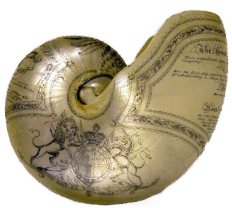Cleaning, conserving, 3D scanning and moving the largest plant fossil in the UK: a 11m long, 10-ton fossil tree at the Royal Botanic Garden Edinburgh.

Bespoke pallets were made for each section in advance. Gantries were erected on site to carefully lift the specimens up off the ground and on to their pallets, entailing the use of compressed air and pillow jacks, and each section was weighed with a digital crane scale. Once on their pallets, lichen and moss was removed from the surface of the specimens with small wooden spatulas followed by cleaning multiple times with water and small brushes. Then, each section was carefully turned over and the other side was cleaned is a similar manner. Whilst upside-down, the undersides were 3D scanned in detail using photogrammetry. When they were turned back the right way round, all other sides were then scanned. Loose pieces were held in place with small applications of lime mortar and holes from core samples taken many years ago were filled with lime mortar also. The detailed 3D photogrammetry scanning was undertaken by Steven Dey of ThinkSee3D, a specialist in 3D imaging for heritage institutions. He used these scans to build detailed 3D digital models of each section of the tree. These models can be used as a permnent conservation record detailing the state of the tree at this point in time, useful for conservators and curators in the future. The 3D digital models can also be used for research and for interpretation purposes, online or on site.
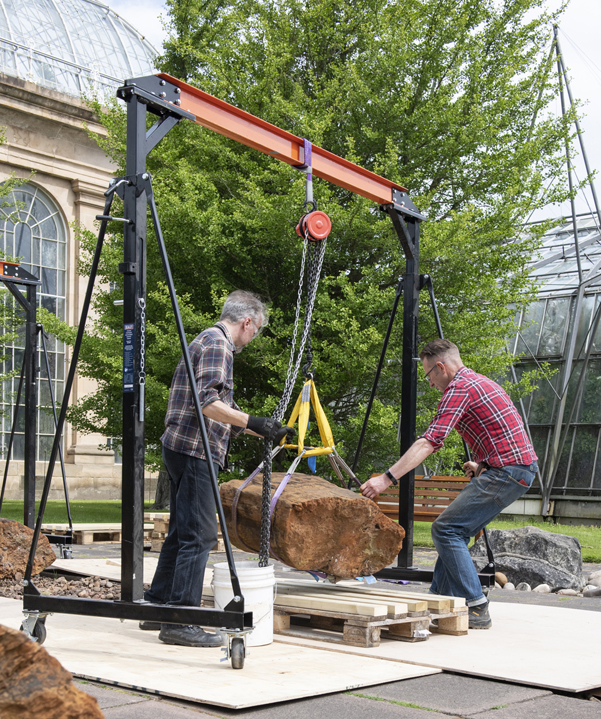

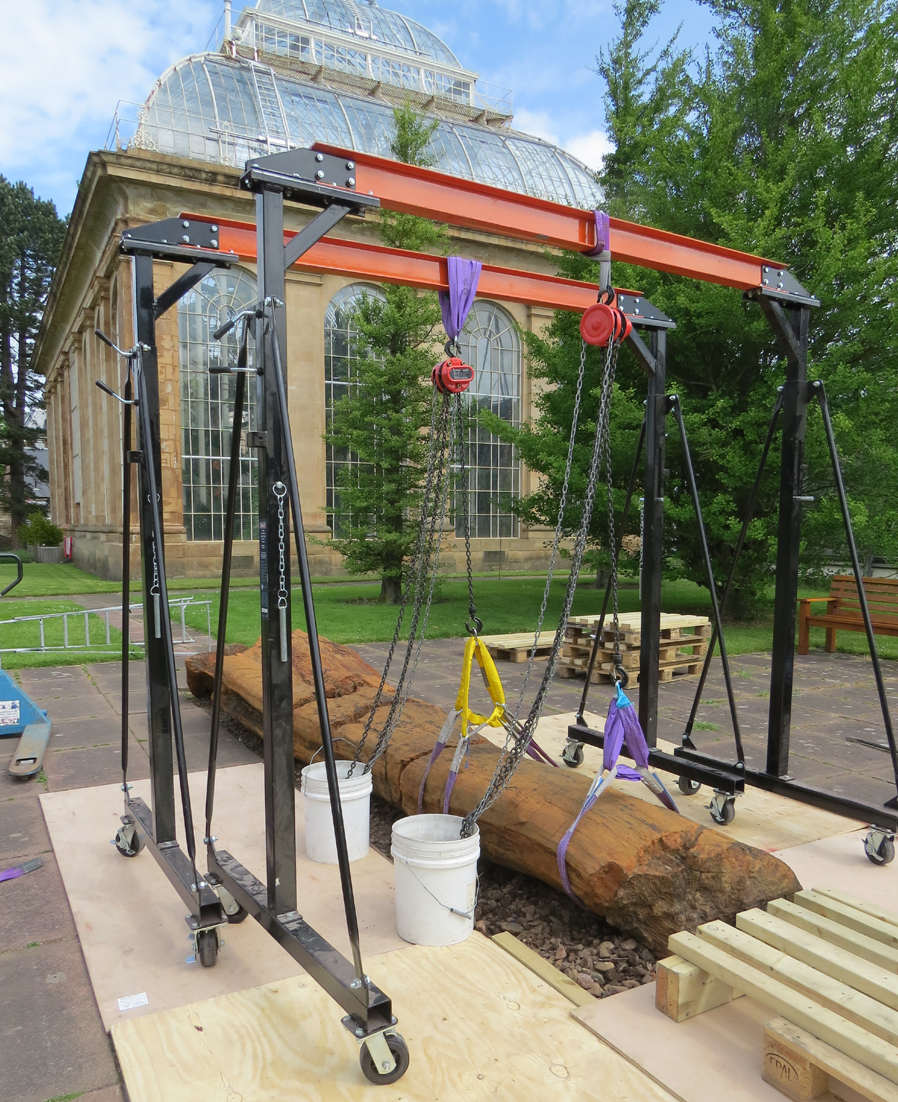

The cleaning of the specimen revealed features that were not previously visible, such as tree rings in some of the cross-sections, which has stimulated interest in the fossil. The cleaned, conserved and scanned specimens were lifted on to a Hiab lorry to be moved a few hundred metres to their new temporary storage area. Even though each pallet was indelibly marked with the specimen number, they were deliberatly placed in the same order and orientation they had lain in for the last 30 years, to keep the association of the adjoining sections. They will be in storage in their temporary home for at least the next seven years, the duration of the redevelopment project.

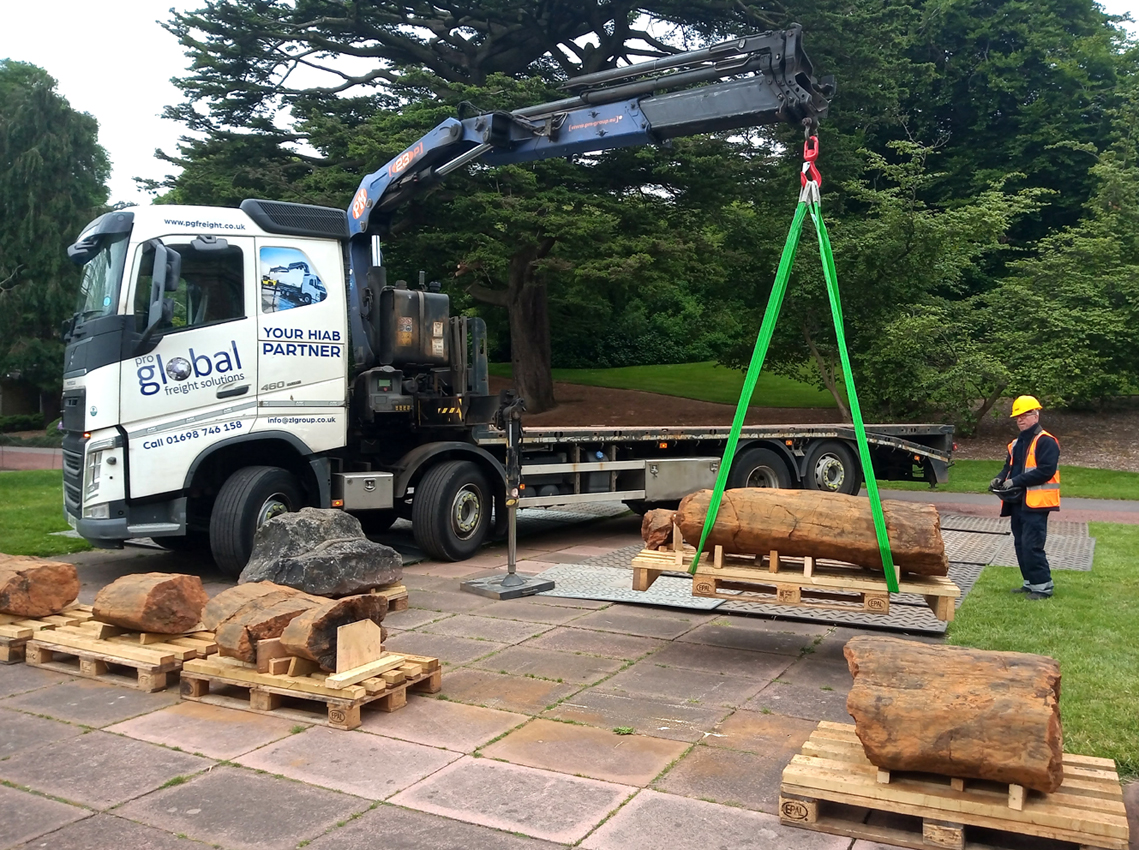


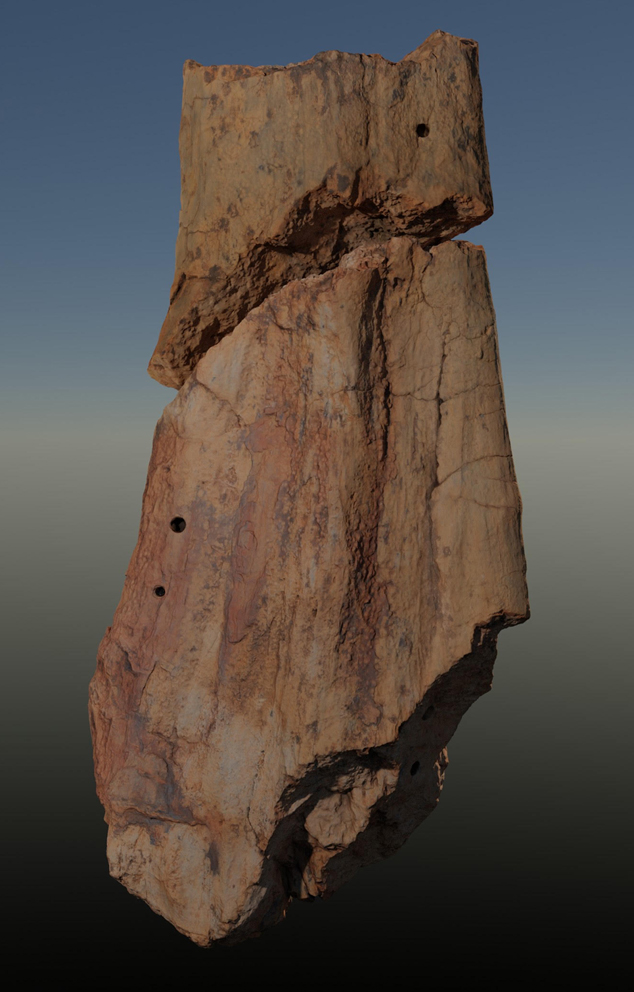

Above left, the tree on pallets in its new, temporary, storage area. Above middle, an image grab of one of the 3D digital models of sections of the tree. Above right, the 3D dgital model of the whole tree rebuilt from the individually scanned sections. These scans and the rebuilt tree were made by ThinkSee3D
and you can view the 3D dgital model of the whole tree rebuilt from the individually scanned sections on Sketchfab here: https://skfb.ly/oDBCS
Below, a short (30 seconds) video showing one of the 3D digital models.
For more details about what we can do for you, or for a quote, please
contact:
enquiries@natural-history-conservation.com
We
are members of the United Kingdom Institute for Conservation of Historic and
Artistic Works
